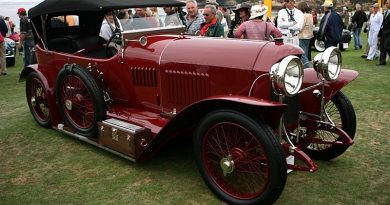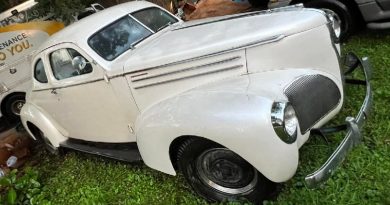1935 Duesenberg SJ Gurney Nutting Speedster
Launched at the 1928 New York Auto Show, the Duesenberg Model J was the result of a design process influenced by both Duesenberg’s rich racing heritage and owner Errett Lobban Cord’s demands. Cord envisioned the new Duesenberg to be the greatest American car ever. No expense was spared and a legend was created by the design team led by Fred Duesenberg. Today the name Duesenberg alone makes many automotive enthusiasts’ hearts beat faster.
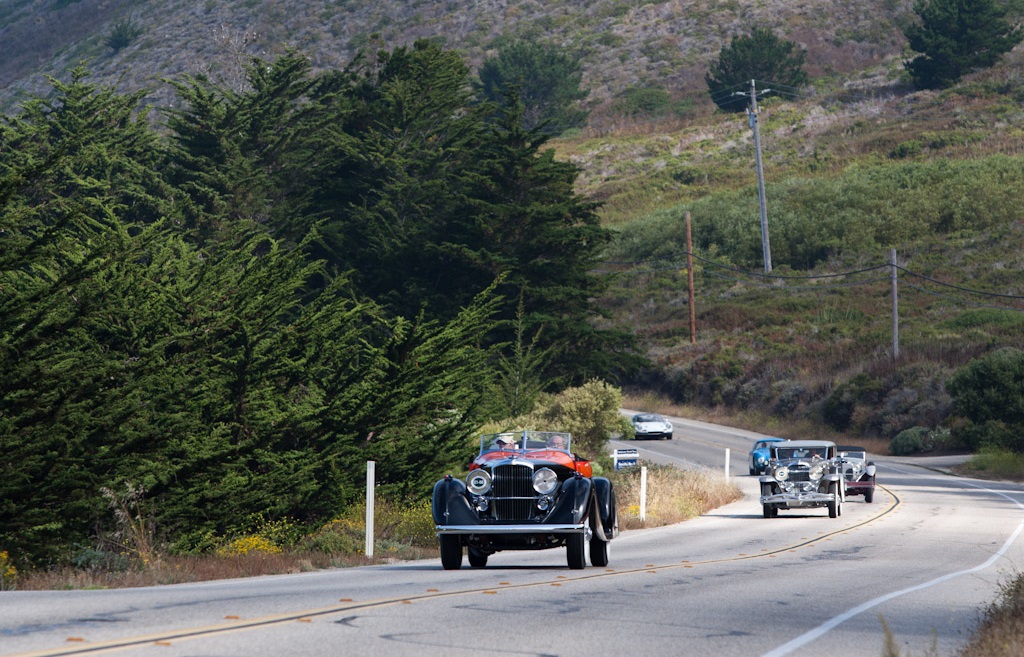
Dubbed Model J, the new Duesenberg was equipped with a wide variety of technical novelties. In its design the chassis was very simple with a ladder frame and solid axles front and rear. Six cross-members made sure the chassis was twist-free and could accomodate all body-types regardless of the body’s rigidity. An ingenious lubrication system was installed, which automatically started lubricating various parts of the chassis after sixty to eighty miles. Two lights on the dashboard indicated the lubrication progress and two others lit up at 750 and 1500 miles indicating the need for an oil change and battery check respectively.
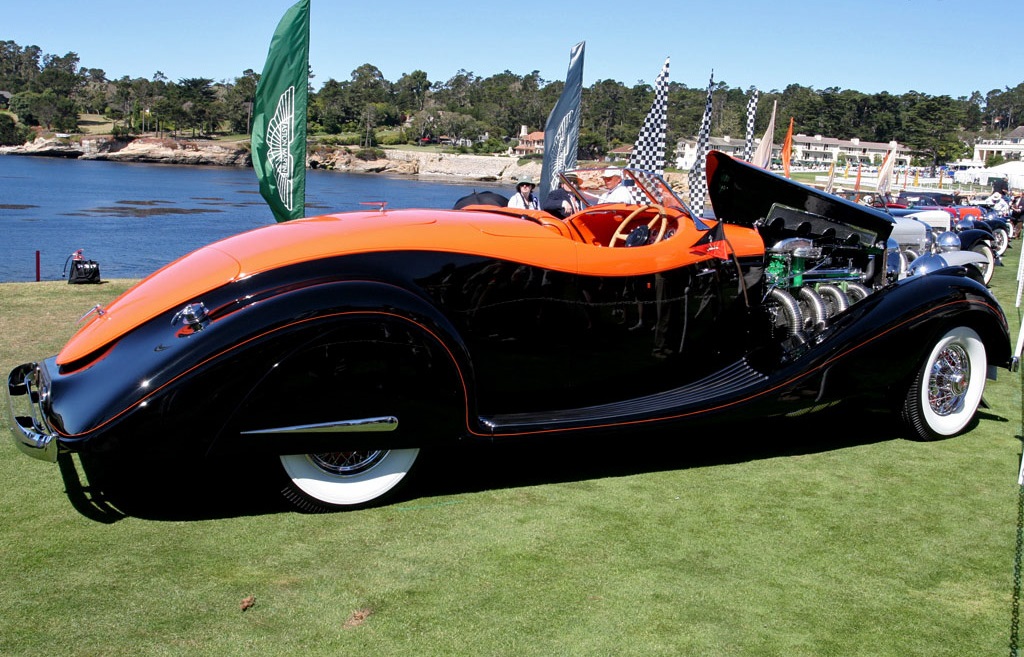
It’s the engine that really made the Model J stand out from its competition. With 32 valves, double overhead camshafts and a detachable head the eight cylinder engine was the most advanced engine ever designed in the United States. Displacing just under 6.9 litres, the engine produced an earthmoving 265 bhp, more than could be tested on any contemporary dynometer. Although the engine was designed by Fred Duesenberg, it was constructed by specialised engine-builder Lycoming, which was also recently acquired by E.L. Cord.

Officially Duesenberg constructed rolling-chassis for coach-builders to body. A rolling chassis usually included all mechanical parts, the dashboard, front fenders, radiator grille, running boards, bumpers and optional swiveling spotlights. The chassis were shipped to coach-builders to be fitted with a body or the other way around. To make sure a wide variety of bodies was available at the launch, a blue-print of the upcoming car was sent to all major coach-builders six months before the New York show. From 1930 Duesenberg ordered bodies in small batches and offered complete cars.

This exquisite convertible design, however, would come while the nation was still gripped by the Great Depression. Duesenberg’s sales continued to struggle. This would lead to Walker-LaGrande producing just three of these remarkable Model J Convertible Coupes. Already, these three cars would be a remarkable band of brothers, carrying the rank of their station proudly. However, amongst these three there would be one that would stand a head taller than all of the others.
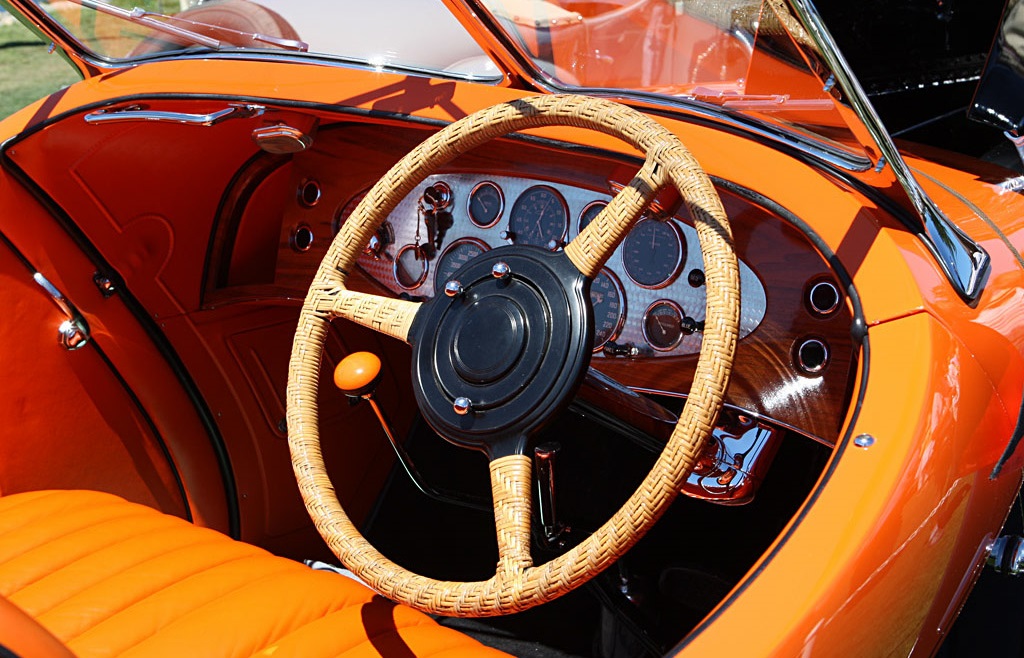
Today the Model J is considered to be one of the most legendary cars ever constructed. The combination of state-of-the-art racing inspired engineering, the era’s finest coach-building and the cars’ many famous owners have all contributed to that legend. One of the most told stories about the Model J underlined the engine’s incredible power; the Model J could smoothly accelerate from 10 mph to 89 mph in second gear. The ssJ’s top-speed is estimated to be close to 160 mph, faster than any other pre-War road car.
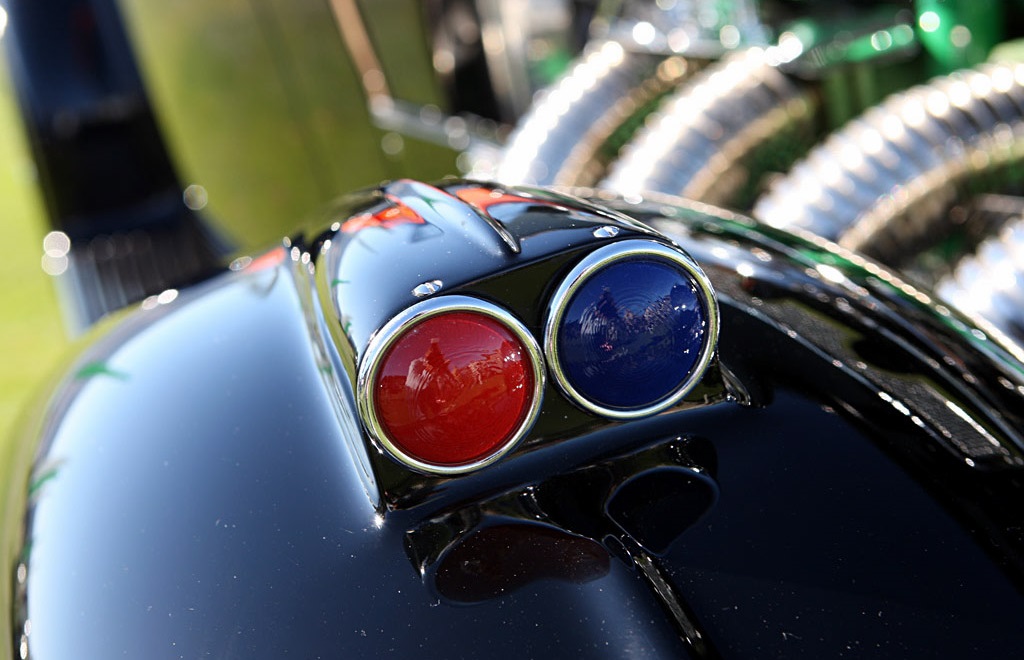
It’s hard to change an icon, especially when it has already created a vocabulary all its own. By the 1930s things were really beginning to change. Aerodynamics was becoming a very serious part of engineering and design. Propelled by advancements in aviation, aerodynamics and much more efficient designs were beginning to take precedent over artistic styling and stately designs. But to take away such elements would be to take away the heart and soul of many of the custom-built coaches, especially the Duesenbergs.



